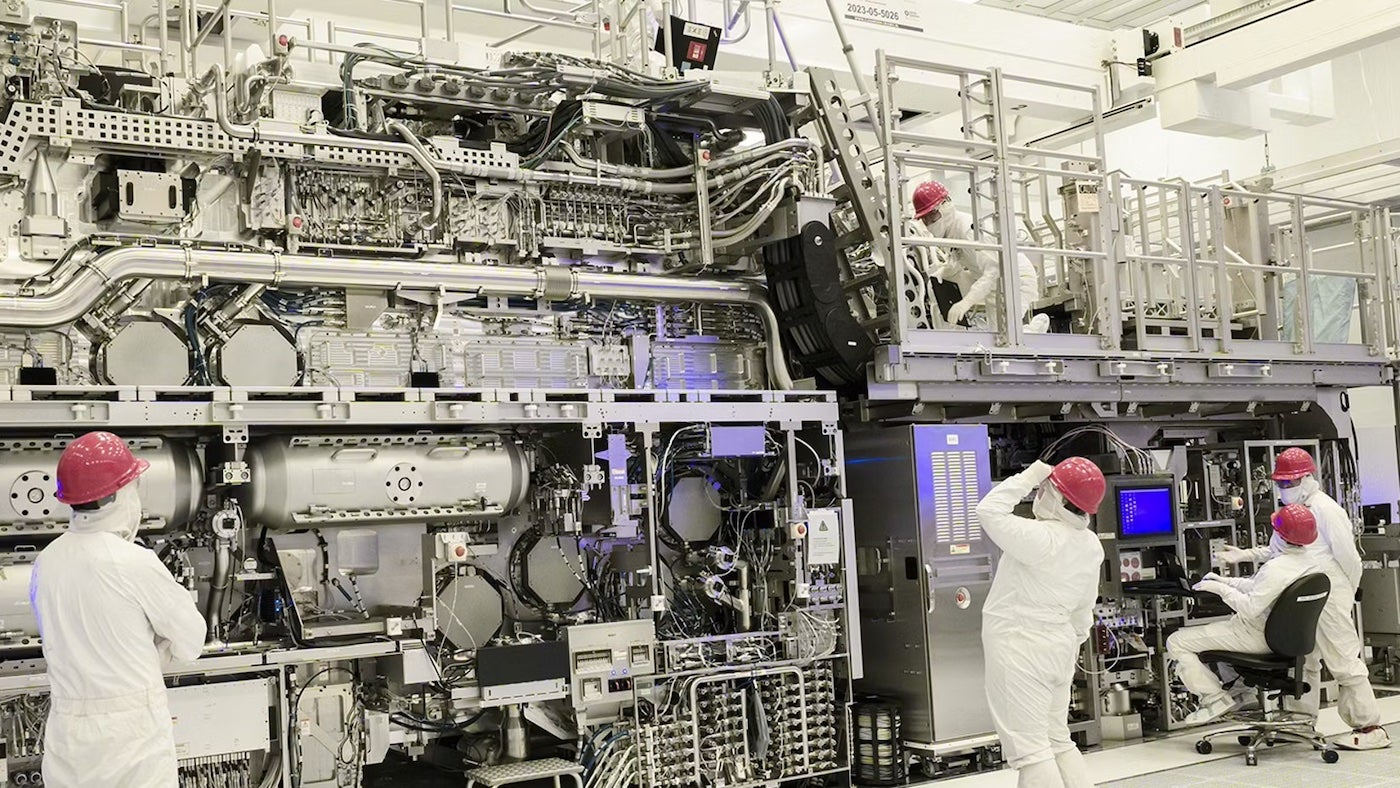
Intel has tentatively agreed to let Taiwan Semiconductor Manufacturing Company (TSMC) take over some of its chipmaking facilities, according to The Information. TSMC will hold a 20% stake in the joint venture, contributing not cash, but value through sharing its chipmaking practices and training Intel staff, according to anonymous sources cited by the publication.
Rumours of a possible takeover of Intel started swirling in February, with TSMC and Broadcom considering splitting the U.S. company’s manufacturing and design arms between them. The following month, TSMC reportedly offered a share in its proposed acquisition of the chip foundries to NVIDIA and AMD, as well as Broadcom.
Both NVIDIA and Broadcom initiated manufacturing testing at Intel’s facilities at the time, sources said. However, Intel did not want to sell its chip design house separately from the foundry division, which manufactures custom chips for its customers.
SEE: TSMC’s $100B Investment in US Data Centers Sets Foreign Investment Record
Intel used to be a giant in the CPU industry, but the AI boom has led to recent struggles. Unlike its rivals, Intel chose not to focus solely on either manufacturing or designing chips and instead engaged in both. As a result, it saw its chip-making endeavours eclipsed by TSMC, who won NVIDIA as a customer.
The U.S. manufacturing icon also had some struggles with quality in 2024, leading to its first reported net loss since 1986, and dropping from first to second on Gartner’s list of top global semiconductor vendors by revenue growth. Nevertheless, after The Information’s story was published, its shares received a boost.
Intel’s new CEO hits the ground running in bid to revive the company
On February 28, Intel delayed the build of two chip factories in New Albany, Ohio by at least five years, which the general manager of Intel Foundry Manufacturing said was to “align the start of production of our fabs with the needs of our business and broader market demand,” as well as “manage our capital responsibly.”
The $28 billion project was greenlit in 2022, under the leadership of former CEO Pat Gelsinger. He was removed by Intel’s board in December after his ambitious turnaround plan — which involved funnelling money into new fabs — failed to provide notable market share growth or profitability.
Gelsinger was replaced by chip industry veteran Lip-Bu Tan in mid-March, who quickly announced that Intel would be spinning off assets that aren’t part of its core mission. He said the company would now be focusing efforts on AI and so-called “Software 2.0,” where language models and machine learning replace manually written code. Tan also revealed his intention to hire quality engineers, boost Intel’s chip foundry work, and potentially launch a custom semiconductor service.
President Trump supports TSMC’s involvement with Intel
U.S. President Donald Trump encouraged TSMC to assist in pulling Intel out of its slump with a joint venture, according to Reuters. He is keen to revive the former U.S. manufacturing icon while strengthening domestic production, so he does not want any part of Intel to be fully foreign-owned. As a result, TSMC is reportedly limiting its stake in Intel to under 50% to ensure regulatory approval under the Trump administration.




